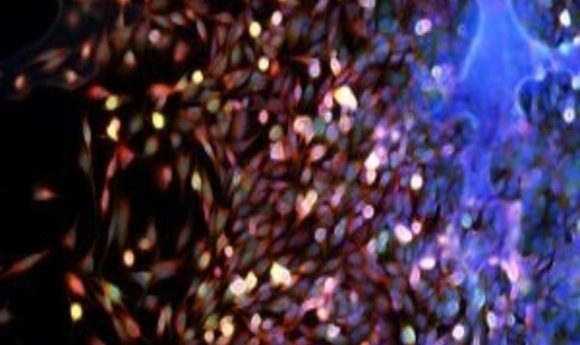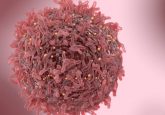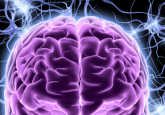A pair of studies demonstrate the safety of proton beam therapy for treatment of pediatric brain cancer

Two studies led by researchers from the University of Pennsylvania (PA, USA) contribute to the growing consensus that proton beam therapy is safe and effective.
Proton beam therapy is a type of radiotherapy which fires protons at tumors in order to damage cancer cells. Proton beam therapy is approved by the US FDA and is considered a favorable treatment for some cancers as it can be precisely targeted to tumors, minimizing damage to surrounding tissues.
Traditional photon radiation is still considered an appropriate and effective treatment for most cancers. However, proton beam therapy is often considered a superior treatment option for brain, head and neck cancers due to the proximity of these tissues to vital parts of the CNS.
The first study was published in Pediatric Blood and Cancer and examined the effectiveness of proton beam therapy when utilized to treat medulloblastoma in young children. Fourteen patients aged 5 years old and under with newly diagnosed medulloblastoma were followed over the course of the study, each having received proton therapy following surgery and chemotherapy.
Children over five who suffer from medulloblastoma are usually treated with traditional radiation therapies across the entire brain and spine; this method is not advised for very young children with developing brains.
The study demonstrated that the 5-year overall survival and recurrence-free survival rates for patients were 84 and 70%, respectively, when treated with proton beam therapy. One patient exhibited significant tumor regrowth after treatment was complete, with viable tumor and necrosis discovered around the brainstem; however, it is not known whether this was related to the proton beam therapy. No other extreme toxicities were observed in any of the other patients.
- Nanoparticles used to deliver cancer inhibiting molecule
- Boosting natural killer cells could help fight cancer
- Improving CAR T-cell therapy for cancer treatments
Published in Acta Oncologica, the second study focused on a new technique termed pencil beam scanning proton therapy (PBS-PT). This study evaluated the risk of brainstem necrosis resulting from PBS-PT by reviewing 166 patients who had received the treatment for CNS tumors. The mean age of patients reviewed was 10 years old, and the incidence rate of brainstem necrosis was 0.7% 24 months after receiving treatment.
“The effect of proton therapy on the brainstem has been a subject of much debate, but our data show that PBS-PT does not increase the risk compared with conventional photon techniques,” commented the second study’s lead author Jennifer Hyatt Vogel (Vanderbilt University Medical Center, TN, USA).
These studies both add to the growing evidence that proton beam therapy is the most effective treatment for brain cancer in children. However, both study cohorts were small and additional research is needed, especially concerning patients with increased risk factors, such as prior radiotherapy.




